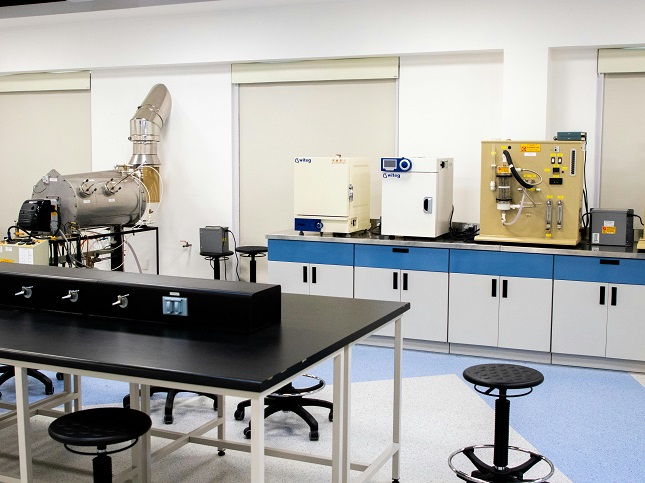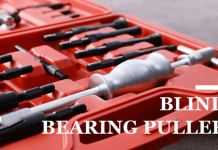Choosing the right lab workbench isn’t just a purchasing decision — it’s a matter of efficiency, safety, and long-term usability. Whether you’re outfitting a new research facility or upgrading an existing space, workbenches often play a bigger role than they’re given credit for. They affect everything from workflow to equipment compatibility to technician comfort.
Let’s take a closer look at the most common types of lab workbenches and where each fits best.
The Basics: Standard Lab Workbenches
Standard lab benches are the workhorses of most laboratories. You’ll find them in academic labs, QA/QC departments, biotech startups, and government testing facilities. They’re typically constructed with steel or aluminum frames, featuring laminate or phenolic resin surfaces depending on chemical exposure needs.
These benches are best suited for routine lab activities like documentation, small-scale sample prep, or equipment staging. While they’re relatively adaptable, they’re not built to handle heavy-duty machinery or sensitive processes that require environmental control or vibration resistance.
If you’re setting up a general-use space, this is often the most practical place to start.
Built for Load: Heavy-Duty Workbenches
For labs handling large or vibration-sensitive equipment, a heavy-duty bench is essential. These are designed with reinforced frames, thick work surfaces (often epoxy resin or stainless steel), and in some cases, integrated vibration isolation.
Applications vary widely, but you’ll see these benches in analytical chemistry labs, engineering research spaces, and any setting with heavier instrumentation such as mass spectrometers or centrifuges.
Weight limits matter. It’s not just about whether the bench can hold a piece of equipment today, but whether it will maintain its integrity and level over years of repeated use.
Controlled Environments: Cleanroom Workbenches
In cleanrooms, sterility and particulate control are top priorities. Workbenches in these environments need to meet stringent standards for cleanliness and material compatibility. Stainless steel is the most common surface material due to its resistance to microbial growth and ease of cleaning.
These benches often feature perforated tops to allow vertical airflow, as well as rounded corners and minimal seams to reduce contamination risks. You’ll find them in pharmaceutical labs, semiconductor facilities, and medical device manufacturing environments.
Cleanroom benches are purpose-built. Using anything less risks both product integrity and regulatory compliance.
Flexibility in Motion: Mobile Workbenches
Mobile workbenches provide flexibility in labs where equipment or personnel needs change frequently. Built on lockable casters, these benches are ideal for modular lab layouts, temporary testing setups, or collaborative environments where teams shift between tasks.
They’re common in teaching labs, service laboratories, and early-stage R&D spaces where reconfiguration happens regularly. Quality mobile benches strike a balance between durability and maneuverability, often including adjustable shelving or built-in power strips for convenience.
It’s worth noting that mobility doesn’t mean compromise, especially if the frame and wheels are properly rated for lab use.
Static Control: ESD-Safe Workbenches
In labs handling electronic components or circuitry, static discharge is a real threat. ESD-safe benches help prevent costly damage to sensitive equipment by controlling the buildup and transfer of static electricity.
These benches are constructed with conductive or dissipative surfaces, integrated grounding points, and accessories like wrist strap connectors. They’re standard in electronics assembly, diagnostic equipment labs, and advanced manufacturing environments.
If your lab works with microchips, sensors, or any device where a stray spark can mean product failure, ESD protection isn’t optional. It’s a safeguard.
People First: Height-Adjustable Workbenches
Ergonomics in lab settings often gets overlooked until discomfort becomes a problem. Height-adjustable benches are designed to support user comfort and reduce strain, particularly in labs with diverse staff or long benchwork sessions.
Options range from manual crank systems to fully electric models with memory presets. These benches are valuable in clinical labs, multi-shift research spaces, and any facility focused on staff well-being and productivity.
Small ergonomic improvements often lead to better focus, fewer errors, and lower fatigue, especially in high-volume workflows.
Combining Functionality: Modular and Hybrid Benches
Many labs need a mix of the features above. A single space might house both sensitive electronics and heavy instruments or combine clean prep areas with shared team workstations. That’s where modular and hybrid bench systems come in.
Manufacturers like Lista, Labconco, and Metro offer configurable benching solutions with interchangeable components. You can combine features like height adjustment, ESD protection, or added mobility into a single bench tailored to your lab’s needs. If you’re working with a trusted laboratory furniture supplier that understands your industry, it’s much easier to plan a setup that supports both present requirements and future growth.
The key is thoughtful planning. A modular setup is only as useful as its ability to serve the actual workflow, so it’s worth mapping out how each bench will be used before investing in customization.
How to Choose: Ask the Right Questions
Selecting the right bench starts with a few practical questions:
- What daily tasks will this bench support?
- Will it hold heavy or vibration-sensitive equipment?
- Are there environmental or regulatory requirements involved?
- Will users need to move or adjust the bench frequently?
- Is static control necessary?
It also helps to think long-term. Labs evolve quickly. Instruments change, teams grow, protocols shift. Investing in benches that can adapt saves costs and avoids disruption later on.
Final Considerations
Lab workbenches are easy to overlook during the planning phase, but they set the physical foundation for every procedure, experiment, and analysis that happens on site. When they’re well matched to the lab’s purpose, they support better science and more efficient operations.
So while they may seem like simple furniture, they’re anything but. The right bench helps your team work smarter, stay safer, and move faster. And in a lab setting, that can make a real difference over time.









































